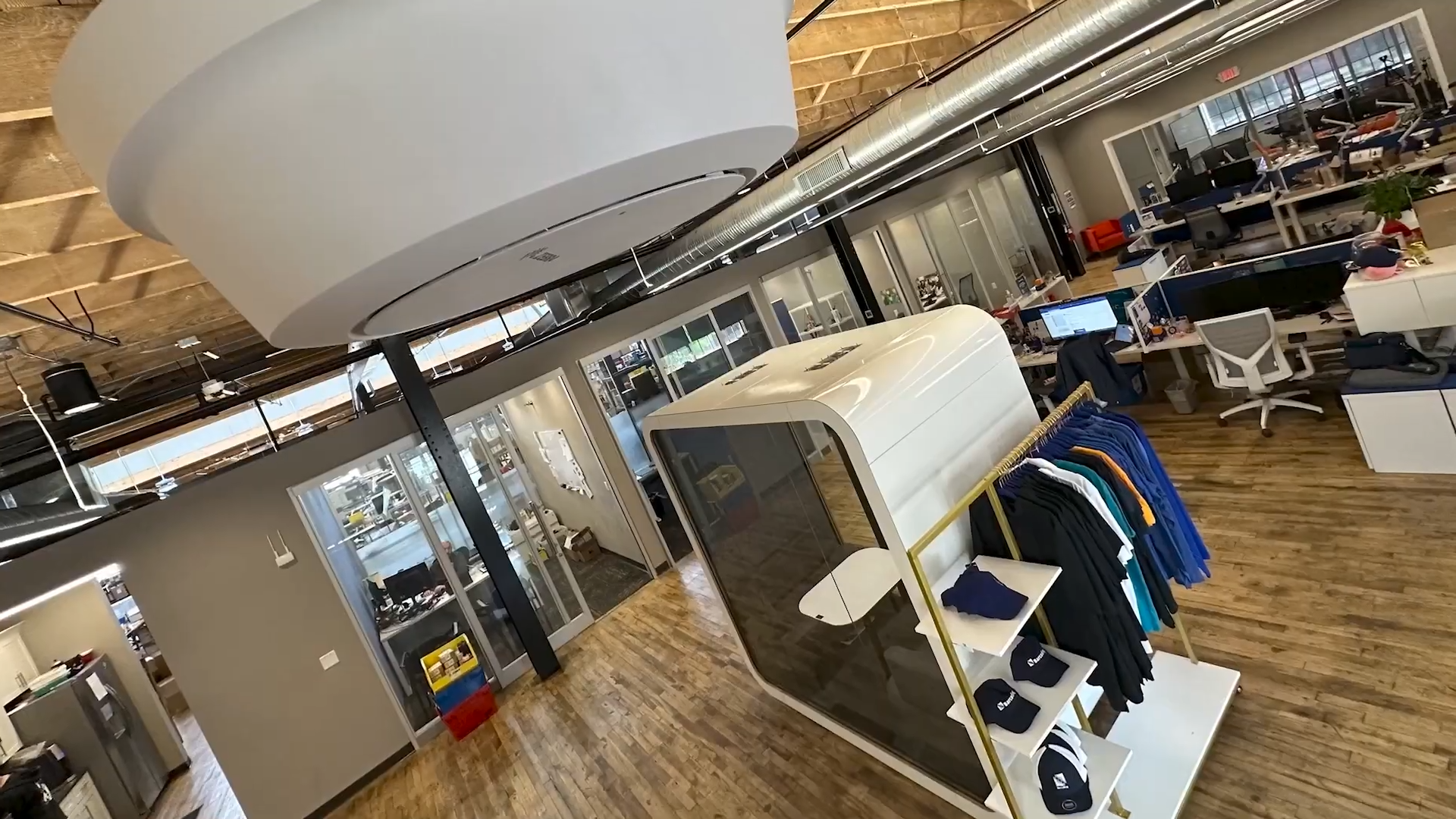Today, the patient experience matters more than ever. If you’re in a role that actively manages the patient experience, you’re always looking for ways to improve—and one simple place to start is the tracking of patient belongings in the hospital.
Even if you’ve determined that automating patient belongings processing will reduce errors, improve recordkeeping, simplify location/retrieval, help eliminate lost patient belongings, and reduce administrative time, implementing such a solution won’t stick unless you get buy-in of the people on the front lines: your nurses.
But how?
Let’s look at the things that affect buy-in, then steps to ensure that it happens.
FACTORS AFFECTING BUY-IN
Buy-in on any new initiative requires that end-users have a reason to actively participate in the change. In other words, there must be something about the new way of doing things that will make their lives easier. To that end, here are factors to be aware of before launching your patient belongings tracking automation initiative:
- The “why:” It's important that end-users understand both the goals and the expected benefits of the solution. Leadership must answer the question, “Why are we doing this, and what are we going to get from it?”
- The goals and benefits are going to be most meaningful and motivating if they’re expressed as direct benefits to the nurse. Among other important benefits, automating patient belongings tracking improves staff efficiency and reduces the time they must spend on administrative duties.
- Time: Time is in very short supply for the nursing staff, and when employees feel that there’s not enough time to address their primary responsibilities, they could decide to ignore new initiatives. When introducing a new tool, it’s critical that you dedicate ample time for them to understand, trial, and become proficient in its use.
- Trust: If nurses already have a less-than-positive attitude about embracing a new initiative because they’ve dealt with failed implementations in the past, leadership must acknowledge the past experience, explain what happened and was learned, and clearly outline the changes that were made to ensure that this latest implementation will be successful.
ACTIONS THAT HELP ENSURE BUY-IN
Keeping the above factors in mind, here are some practical steps you can take to ensure buy-in of your patient belongings tracking solution.
- Involve nursing staff from the start: Getting users onboard is much easier when they’re involved (and asked for input) early on. Use this time to solicit ideas and insights on how the patient belongings tracking solution can smoothly integrate with their processes.
- Get the word out: You need to show how this new solution will improve current practices. Communicate all the ways the new patient belongings tracking application benefits staff, including speeding the data collection process, improving inventory accuracy, and eliminating redundant steps.
- Reduce anxiety: As important as telling users what they’ll be asked to do is telling them what they don’t have to do. With IntelliTrack® Patient Belongings Tracking (PBT), users don’t have to learn a new patient belongings collection process; the tool simply makes their existing processes work better. In other words, IntelliTrack PBT fits into established processes and supports the hospital patient belongings policy, not the other way around.
- Identify champions: Recruit influential people from the nursing staff to serve as “change champions” who will advocate the change from within a team—because peers can often have more influence on coworkers than other stakeholders. Champions will encourage buy-in by working with and supporting front-line staff, and evangelizing the value and benefits of the solution. Support your champions so that they’re successful in their role. For example, if new mobile hardware is part of the solution, make sure they’re comfortable navigating the device and with basic functions like barcode scanning.
- Keep a close eye on the initial implementation and beyond: Frequently check in to see how the nurses are doing. Some one-on-one training or minor adjustments may be beneficial to keep things running smoothly. Continue to monitor the implementation after deployment, too, and check to make sure users have a practical understanding of the hospital patient belongings policy.
End-user buy-in is critical for the success of any initiative. With all the growing demands on a nurse’s schedule, buy-in can be especially challenging. Keeping these tips in mind can help ensure the success of your patient belongings tracking application. Because by providing better technology, healthcare systems really can reduce the burdens of time and labor that come with collecting, cataloging, documenting, storing, moving, locating, and retrieving patient property.
Ready to learn more about simplifying patient belongings tracking (and making it more accurate)? Click here or below to download our free Patient Belongings Tracking whitepaper.


.jpg)




